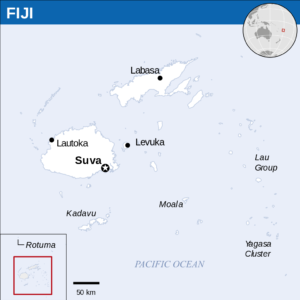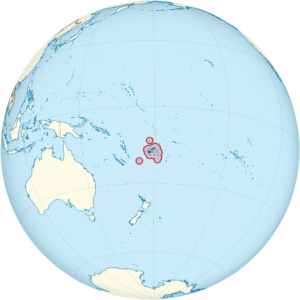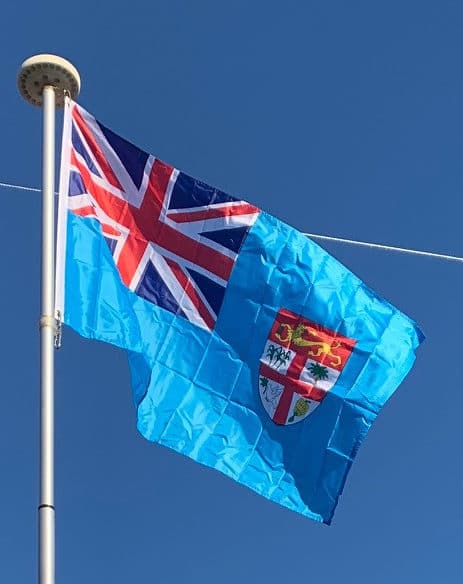Introduction:
Fiji, officially the Republic of Fiji is an island country in Melanesia, part of Oceania in the South Pacific Ocean about 1,100 nautical miles (2,000 km; 1,300 mi) northeast of New Zealand’s North Island. Its closest neighbors are Vanuatu to the west, New Caledonia to the southwest, New Zealand’s Kermadec Islands to the southeast, Tonga to the east, the Samoas and France’s Wallis and Futuna to the northeast, and Tuvalu to the north. Fiji consists of an archipelago of more than 330 islands—of which 110 are permanently inhabited—and more than 500 islets, amounting to a total land area of about 18,300 square kilometers (7,100 sq mi). The most outlying island is Ono-i-Lau. The two major islands, Viti Levu and Vanua Levu, account for 87% of the total population of 883,483. The capital, Suva, on Viti Levu, serves as the country’s principal cruise-ship port. About three-quarters of Fijians live on Viti Levu’s coasts, either in Suva or in smaller urban centers such as Nadi—where tourism is the major local industry—or Lautoka, where the sugar-cane industry is paramount. Due to its terrain, the interior of Viti Levu is sparsely inhabited.

The majority of Fiji’s islands formed through volcanic activity starting around 150 million years ago. Some geothermal activity still occurs today, on the islands of Vanua Levu and Taveuni. The geothermal systems on Viti Levu are non-volcanic in origin, with low-temperature (c. 35–60 degrees Celsius) surface discharges. Sabeto Hot Springs near Nadi is a good example. Humans have lived in Fiji since the second millennium BC—first Austronesians and later Melanesians, with some Polynesian influences. Europeans visited Fiji from the 17th century onwards, and, after a brief period as an independent kingdom, the British established the Colony of Fiji in 1874. Fiji operated as a Crown colony until 1970, when it gained independence as the Dominion of Fiji. A military government declared a Republic in 1987 following a series of coups d’état. In a coup in 2006, Commodore Frank Bainimarama seized power. When the High Court ruled the military leadership unlawful in 2009, President Ratu Josefa Iloilo, whom the military had retained as the nominal Head of State, formally abrogated the 1997 Constitution and re-appointed Bainimarama as interim Prime Minister. Later in 2009, Ratu Epeli Nailatikau succeeded Iloilo as President. After years of delays, a democratic election took place on 17 September 2014. Bainimarama’s FijiFirst party won 59.2% of the vote, and international observers deemed the election credible.

Fiji has one of the most developed economies in the Pacific due to abundant forest, mineral, and fish resources. The currency is the Fijian dollar with the main sources of foreign exchange being the tourist industry, remittances from Fijians working abroad, and bottled water exports.
History:
Early Settlement and Development of Fijian Culture:
Located in the central Pacific Ocean, Fiji’s geography has made it both a destination and a crossroads for migrations for many centuries. According to oral tradition, the indigenous Fijians of today are descendants of the chief Lutunasobasoba and those who arrived with him on the Kaunitoni canoe. Landing at what is now Vuda, the settlers moved inland to the Nakauvadra mountains.
